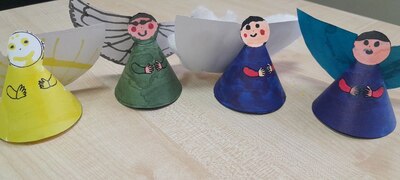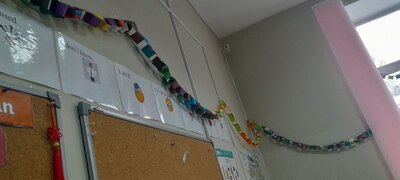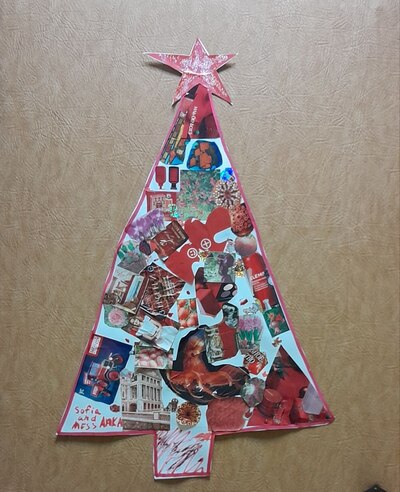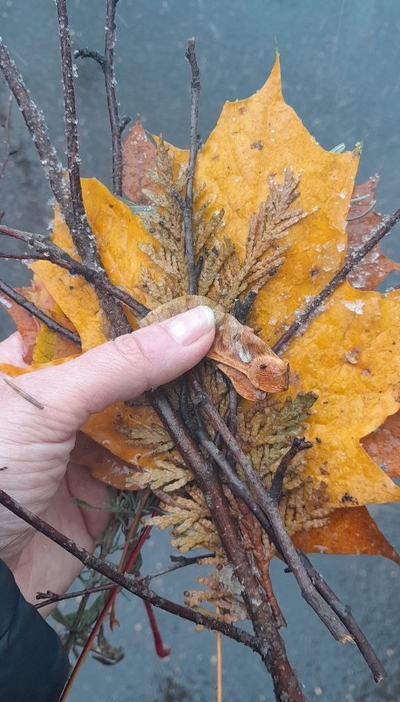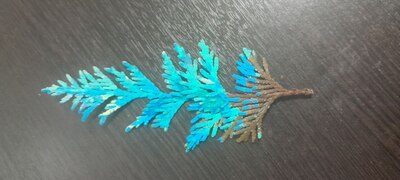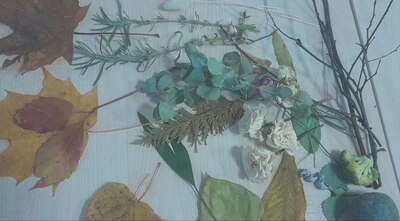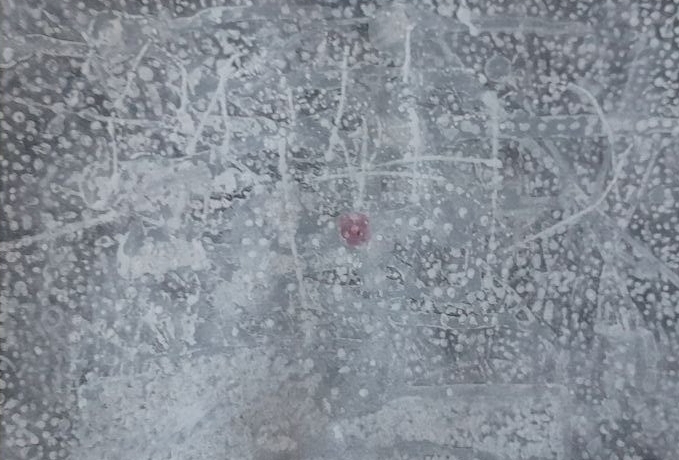
Welcome to the post about the final Art lesson of the year and, at the same time, the Art lesson that can be (and will be) adapted to different seasons, symbols and styles. I am very happy with it and I am very happy to be sharing it here.
The language
This was our final lesson of the calendar year, done just before we left for the winter break and for that reason our language and content input was heavily focused on Christmas and December. We revised all the Christmas vocabulary using wordwall and riddles and we talked about our favourite symbol of Christmas.
Afterwards, we looked at the presentation (you can find it here) and we talked about the many symbols of the December celebrations and symbols that my students are not really familiar with. I really wanted to broaden their horizons a little bit and to show them that there are different symbols of Christmas in different countries (i.e. mistletoe in the US), different traditions (i.e. Santa bringing presents and leaving them in the Christmas boots in Finalnd), different associations with Christmas (i.e. a barbecue on the beach in New Zealand) or even different holidays that are more visible and associated with December such as Hanukkah and menorah.
As it happened, we also had a chance to extend the topic into our regular English lessons and we had lots of fun with the quiz (‘Santa, where are you from?’) and the bamboozle game about the letters to Santa written by different characters from stories and films.

The artist
We looked together at different artists and how they might have painted a Christmas tree and a menorah. I have chosen Warhol, Kusama, Pollock, Picasso, Mondrian and Dali. Some of these were the artists we have covered since September and some were chosen because they have a style that is easy for children to follow. I have used the images I found online (Christmas tree and menorah).
The real inspiration for the lesson was the set below that I cannot reference. I got it from a friend but there was no real source. Dear author: thank you and I am sorry that I cannot reference you!
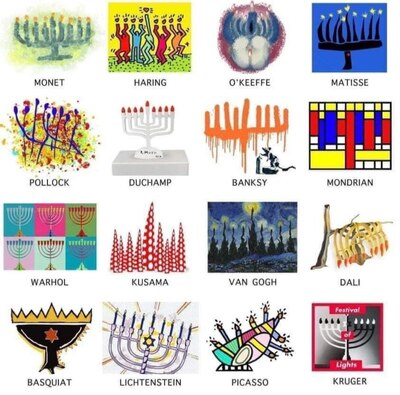
We talked about them a little bit: the most significant details such as colours or shapes and whether we like them or not.

The art
Before the lesson I prepared the materials, pencils and markers and a piece of paper, cardboard divided into 4 sections. I also prepared my own examples of the art: one chosen symbol in four different styles, the regular one and the other ones representing three different artists. For our lessons this time I have decided to include Kusama, Mondrian and Picasso because they are signigifant enough and easy enough for beginners: dots for Kusama, shapes and the colours for Mondrian and asymmetry and colours for Picasso. Each picture was first drawn in pencil and then coloured in as appropriate.

I was really happy with the lesson. The kids were really interested in finding out about all of the traditions and symbols. Now, after we have covered the whole Christmas month, I think that there is enough material to cover all the lessons of the month. There are a lot more ideas for quizes and games. Hopefully, next year we will be able to do all that.
What’s more important, the kids really took to the creative part of the lesson. Most of my students chose to draw exactly the same symbols which they named as their favourite Christmas symbols in the beginning of the lesson although there were some who, on taking everything in stock, went for symbols who were easier to draw. Which is just as well since, this way, they could really focus on conveying the elements of each style.
We were going step by step, with me modelling and highlighting the bits and pieces of each symbol. Kids were working at their own pace, some of them needed more time, some of them were speeding up and taking ahead of the group but they all worked beautifully and they all did their absolute best to incorporate the main features of each style.
I am happy with all the pictures, of course, but it was especially lovely to see the works of my least advanced students. One of them because, although his reindeer is not a perfect rendition, he really did made an effort to represent different styles and he ended up with creating his own style, on a separate piece of paper. The other one, because although she did not attend many of our classes, she took the reins soon after we started painting and right after creating the first picture in the style of the Designated Artist (Kusama), she went on creating in all the other styles, the Smileys Candy Cane, the Harry Potter Candy Cane and, of course, the most touching of all: Miss Anka in four different styles.
The most exciting thing about this lesson is the fact that I will be able to repeat it with an entirely different focus but a similar approach to give the kids an opportunity to experiment with a variety of creative styles. I am considering hearts for St.Valentines, rabbits and flowers for Easter and spring and the summer symbols for the end of the year, as a way of celebrating the whole year of Art.
Here are some more pictures from our lessons



Happy teaching!


